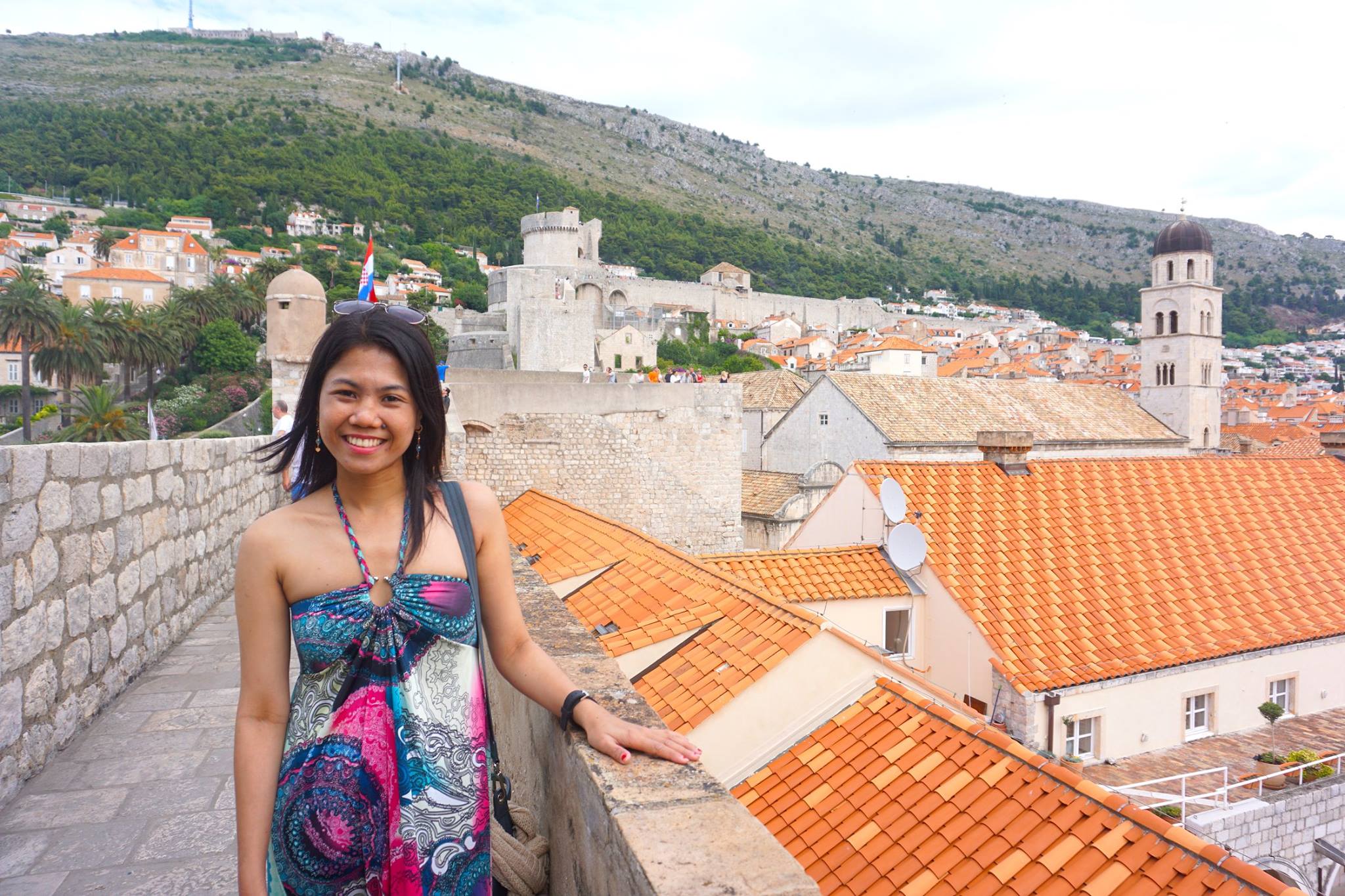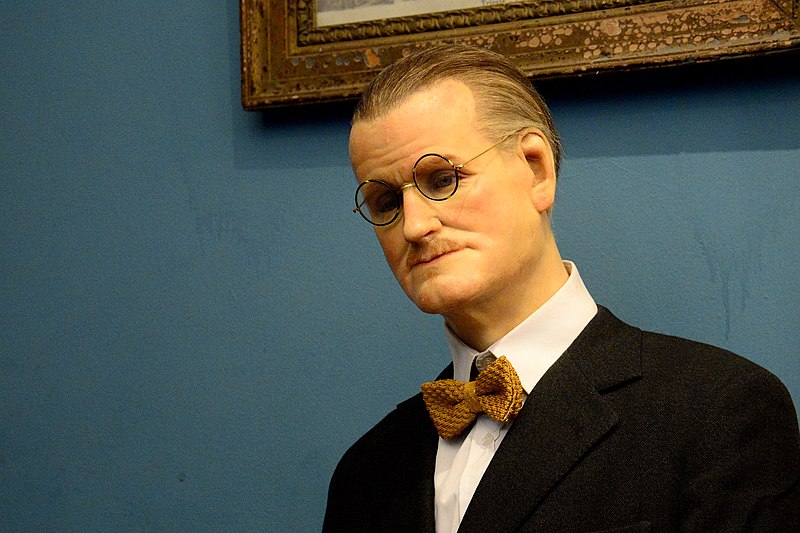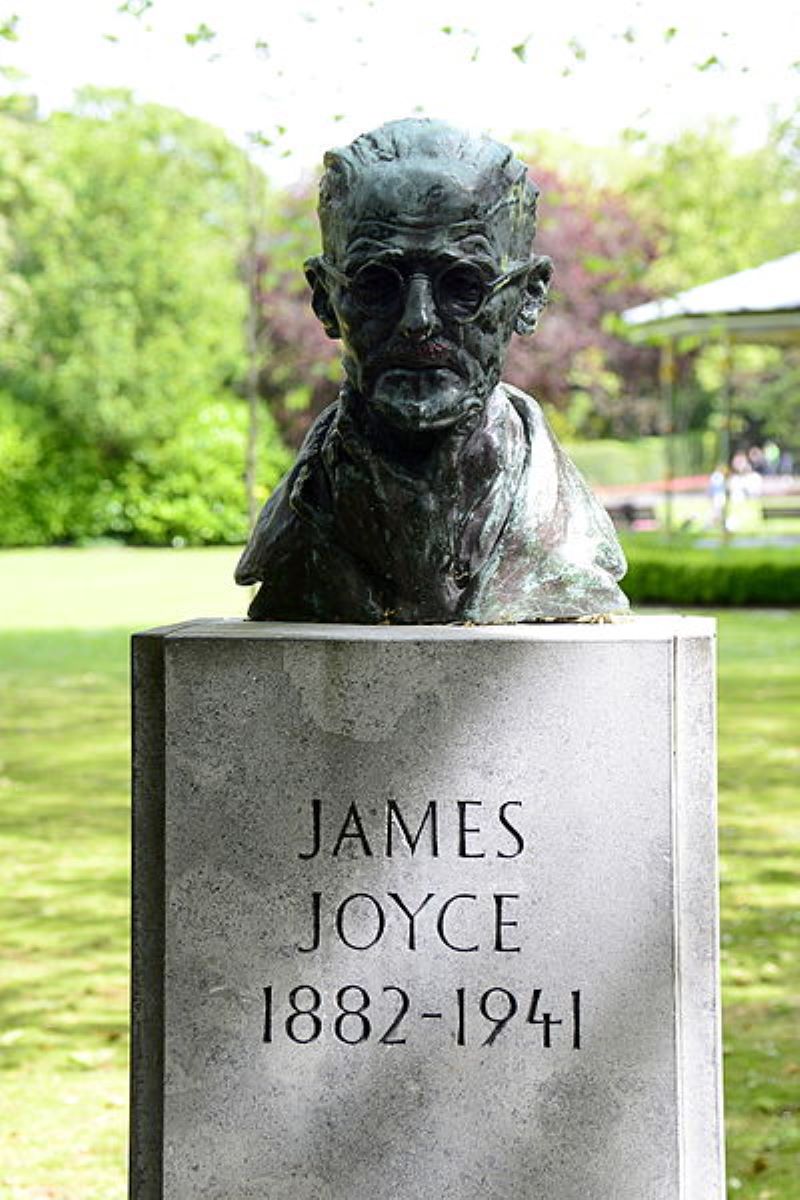Are you curious to know some interesting facts about James Joyce?
Joyce was born on February 2, 1982, in a suburb in Dublin, Ireland, to parents John Stanislaus and Mary Jane Joyce. James was the eldest of the ten Joyce children ten to make it past infancy.
If you’re a reader and a fan of the classics, you must know James Joyce and maybe even have read one or two of his novels.
James Joyce was an Irish novelist, poet, and literary critic who had made great contributions to the Modernist Avant-Garde Movement.
When we talk about writers of the 20th century, Joyce is no doubt one of the most important and influential figures that will always be mentioned.
RELATED READ:
The most notable strengths of his famous novel Ulysses are the complexity of its characters and the variety of its humor.
James Joyce’s groundbreaking contribution to literature was to expand the concept of the interior monologue to include not only the main line of reasoning but also the individual’s fleeting impressions, half-thoughts, associations, lapses and hesitations, incidental worries, and sudden impulses.
Check out more interesting facts about James Joyce in the following list.
Things you'll find in this article
- 14 Interesting Facts About James Joyce
- 1. James Joyce had phobias
- 2. The Joyce family had fallen into poverty
- 3. James Joyce abandoned his faith
- 4. He admired Henrik Ibsen
- 5. He graduated with Latin honors
- 6. James wanted to become a doctor
- 7. He was paid £1 for every short story he wrote
- 8. James Joyce wrote under the pseudonym Stephen Dedalus
- 9. Ulysses was supposed to be a short story
- 10. Joyce had poor eyesight
- 11. James Joyce and Nora Barnacle got married after 27 years of living together
- 12. Joyce died a month before his 59th birthday
- 13. The word “quark” was inspired by James Joyce’s Finnegan’s Wake
- 14. Bloomsday is celebrated to honor James Joyce
14 Interesting Facts About James Joyce

1. James Joyce had phobias
James Joyce had dual phobia problems that developed in his childhood years.
When he was five years old, a dog in his neighborhood attacked him.
This incident caused him to develop Cynophobia, or a severe fear of dogs. He also developed Astraphobia that stems from the time his religious aunt told him that thunder meant God was angry with humanity.
2. The Joyce family had fallen into poverty
John Stanislaus Joyce, James Joyce’s father, was not the type to remain wealthy for long. As he drank, ignored his responsibilities, and borrowed from his workplace, the family’s financial situation deteriorated, and the children learned to live with ever-worsening filth.
For two years, the young James Joyce tried to educate himself at home with the help of his mother, whom he asked to review his work when he was done.
3. James Joyce abandoned his faith
It was April of 1893 that Joyce and his brother Stanislaus were accepted into Dublin’s Jesuit-run Belvedere College without having to pay tuition.
Joyce excelled academically and was elected president of the Marian Society twice, making him the head boy. However, he left while under suspicion, as it was believed that he had abandoned his Roman Catholic faith.
4. He admired Henrik Ibsen

Henrik Ibsen
He enrolled at University College Dublin, which Jesuit priests ran at the time. While there, he focused on his language studies and extracurricular activities, such as participating in the college’s Literary and Historical Society and reading widely, especially books banned by Jesuits.
Because of his deep respect for Henrik Ibsen, he studied Dano-Norwegian to read the author’s original works. He had a review of Ibsen’s play When We Dead Awaken published in the London Fortnightly Review in 1900, shortly after he turned 18.
With this early success, Joyce was able to convince his loved ones and educators that he should follow through on his plan to become a writer.
In October 1901, he published The Day of the Rabblement, an essay in which he criticized the Irish Literary Theatre, later the Abbey Theatre in Dublin, for pandering to the masses.
5. He graduated with Latin honors
Joyce was living a wild life at this time, but he worked hard enough to pass his final exams. On October 31, 1902, he graduated with second-class honors in Latin and got his B.A.
6. James wanted to become a doctor
James Joyce never stopped trying to learn how to write well. He wrote poems and tried out short pieces of prose.
Joyce decided to become a doctor so he could make money while writing, but after going to a few lectures in Dublin, he borrowed what money he could and moved to Paris.
In Paris, he gave up on becoming a doctor, wrote some book reviews, and studied in the Sainte-Geneviève Library.
7. He was paid £1 for every short story he wrote
After returning home in April 1903 to care for his dying mother, James tried different professions, including teaching.
In 1904, George Russell offered £1 for each short story with an Irish background to appear in a farmers’ magazine called The Irish Homestead. At the time, Joyce was in the middle of writing a lengthy naturalistic novel based on the events of his own life titled Stephen Hero.
Joyce began penning the tales that would become Dubliners. And while all of this was happening, he met Nora Barnacle, who would later become his wife. The meeting took place in June of 1904.
8. James Joyce wrote under the pseudonym Stephen Dedalus
Joyce’s work had already been published under the pseudonym Stephen Dedalus in three stories – “After the Race,” “The Sisters,” and “Eveline” – before the editor decided that Joyce’s writing was inappropriate for his audience.
9. Ulysses was supposed to be a short story
Following Italy’s declaration of war in 1915, Joyce and his family were allowed to travel to Zürich.
He had great financial problems at this time, so he gave private English tutoring as he wrote the first chapters of Ulysses, which was originally planned as a short story.
What was intended to be a quick read had taken seven years to complete. The novel Ulysses was composed between 1914 and 1921.
10. Joyce had poor eyesight
Joyce had poor eyesight in addition to his phobias. He had 25 operations, and in 1930, his left eye was nearly blind while his right eye was barely functional.
There was a time when he had written in red crayons and had his daughter proofread his work.
11. James Joyce and Nora Barnacle got married after 27 years of living together
Joyce and Nora tied the knot at the Kensington Register Office in London on July 4, 1931, after 27 years of cohabiting.
After establishing residency in London for at least six months, Joyce abandoned his flat and went to Paris when his only daughter Lucia began exhibiting signs of mental illness.
12. Joyce died a month before his 59th birthday
Joyce had surgery to repair a perforated duodenal ulcer on January 11, 1941, in Zürich. The next day he went into a coma and never woke up.
On the morning of January 13, 1941, at around 2 AM, he woke up and asked a nurse to contact his family. He died 15 minutes into their journey, less than a month before his 59th birthday.
13. The word “quark” was inspired by James Joyce’s Finnegan’s Wake
American physicist Murray Gell-Mann coined the word “quark,” an elementary particle of matter. The word was first used to describe the sound of a gull’s cry. It made its debut in Finnegan’s Wake by James Joyce.
In 1963, while reading the classic, Gell-Mann had the inspiration to use the spelling “quark” from a line from Joyce’s book: “Three quarks for Muster Mark!” Gell-Mann thought the line fitting since the hypothetical particles came in threes.
14. Bloomsday is celebrated to honor James Joyce
James Joyce’s 1922 novel Ulysses features a fictional character named Leopold Bloom, from which the word “Bloomsday” was taken.
The day of Joyce’s first date with Nora Barnacle is celebrated as Bloomsday every year on June 16 in the Irish capital and elsewhere in honor of Joyce’s life and work.

Hi, I’m Christine – a full-time traveler and career woman. Although I’m from the Philippines, my location independent career took me to over 60 countries for the past 12 years. I also lived in 4 continents – from the Caribbean, South East Asia, Africa and now in Europe. But despite living in several countries, my love for Ireland remains the same. A country that had been a part of my life since I was 14 because of my love for Irish music and bands. Ireland Travel Guides was born because of this passion and hopefully, in some little ways, this website will be able to help you on your next trip to Ireland.


